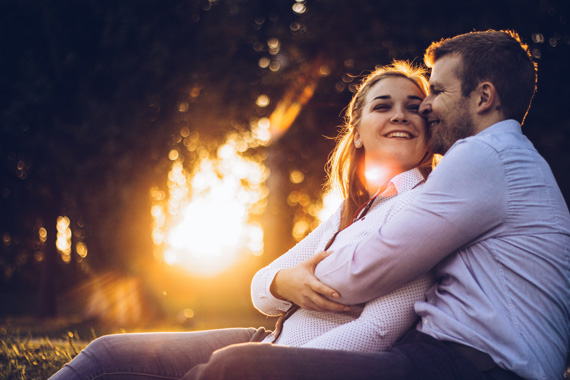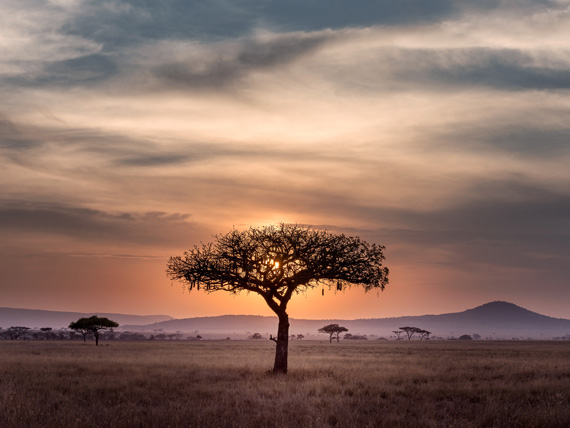Is there such a thing as the perfect exposure? To get the perfect exposure, you will first need to identify the main subject of the picture you are taking.
Portraits
If you’re taking a portrait of a couple against a backlit background, the likely subject would be the faces of the couple. So focus your efforts on getting the exposure of the faces correct, and ignore the background. In this scenario, you obviously cannot blindly follow your camera’s exposure meter, which would cause your couple’s faces to be underexposed (the severity of the underexposure depends on the light ratio between background and subject).

Photo by Almos Bechtold; ISO 100, f/1.8, 1/1250s, 50mm.
So you would need to add in some exposure compensation, which would not only brighten up the faces of the couple, but also brighten up the background, causing some or all of the background objects to disappear. With only a quick look at the histogram, some may mistake the resulting picture as overexposed, especially if parts of the background are still visible but washed out. As long as the subject (face of the couple) is properly exposed, you have the perfect exposure for this particular picture.
Still Life
If you’re shooting still life, the same principle applies. Identify the subject first, then expose for the subject. There may be secondary subjects which are at different brightness levels, but don’t worry about those. Aim to get the perfect exposure for your main subject, and the different exposure levels will tell a layered story with different layers of priority. The viewer’s eye will be first drawn to the subject with the perfect exposure, and then onwards to the other secondary subjects, or the background.
This layering effect can be further multiplied using:
- an effective composition
- differences in the light temperature (achieved through careful use of white balance)
- selective focus (ensuring sharp focus on the main subject, and using depth-of-field to render secondary subjects out of focus)
Landscapes
If you’re shooting a sunset landscape vista, then the subject will depend on the story you’re trying to tell with this picture. If the foreground is interesting, you may want to make that the subject. Likewise with the background.

Photo by Hu Chen
But you can also feature both if your foreground subject has a nice silhouette. In this scenario, you would only need to make sure that the background is perfectly exposed, which will likely have beautiful golden or crimson clouds lit by the setting sun, and the foreground will just be underexposed to reveal an interesting silhouette. Again, the light ratio (background being much brighter than foreground) allows this to happen.
About the Author:
Andy Lim (www.simpleslr.info) runs a photography business that spans wedding photography, commercial photography and conducting photography workshops.
Go to full article: Chasing the Elusive Perfect Exposure in Photography
What are your thoughts on this article? Join the discussion on Facebook
PictureCorrect subscribers can also learn more today with our #1 bestseller: The Photography Tutorial eBook
The post Chasing the Elusive Perfect Exposure in Photography appeared first on PictureCorrect.
from PictureCorrect https://ift.tt/3z0fVTy
via IFTTT






0 kommenttia:
Lähetä kommentti